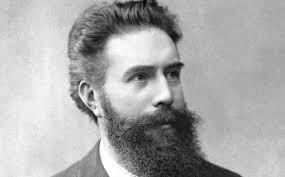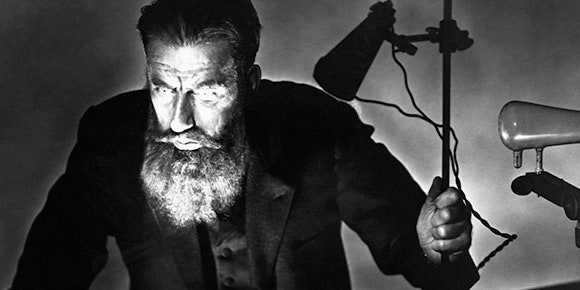Explore the World's Best Ideas
Join today and uncover 100+ curated journeys from 50+ topics. Unlock access to our mobile app with extensive features.
Wilhelm Rontgen
The German scientist was the first person to identify electromagnetic radiation in a wavelength that we today know as an x-ray.
The most common usage of x-rays includes detecting broken or fractured bones, heart problems, breast cancer, scoliosis, and tumors. X-ray machines are used to help save the lives of millions of people.
44
236 reads
Early life of Wilhelm Rontgen
- Röntgen was born on March 26, 1845, in Lennep, Prussia.
- He enrolled in the Federal Polytechnic Institute in Zurich as a student of mechanical engineering in Switzerland.
- In 1869, Röntgen obtained a Ph.D. and became an assistant professor.
- By 1874, he qualified as a Lecturer at Strasbourg University and became a professor in 1876.
- In 1888, Röntgen moved to become Chair of Physics at the University of Würzburg, where he made his world-changing discovery.
39
110 reads
Discovering a new type of ray
On November 8, 1895, Wilhelm Röntgen was conducting experiments using a cathode ray tube. He noticed that when he used the cathode ray tube, a board on the other side of his lab that was covered in phosphorus began to glow. Even if he covered the tube's light in a thick black cardboard box, the phosphorous board continued to glow.
It became clear to Röntgen that he had discovered a new type of ray.
40
160 reads
Developing the discovery
After many experiments, Wilhelm Röntgen found that many materials were transparent or translucent when interposed in the path of the rays. These materials included paper, wood, aluminum, and very importantly, skin and flesh.
A few weeks later, he took the first picture - a radiograph of his wife's hand. Röntgen published a paper on December 28, 1895, detailing his discovery titled “On a New Kind of Rays.” The news spread over the next two years. His discovery of the x-ray fundamentally changed medial practices forever.
41
132 reads
IDEAS CURATED BY
Lauren W.'s ideas are part of this journey:
Learn more about history with this collection
The importance of physical activity
The role of genetics in lifespan
How to maintain a healthy diet
Related collections
Similar ideas
4 ideas
Heroes of Progress: Louis Pasteur
humanprogress.org
5 ideas
Heroes of Progress: Lucy Wills
humanprogress.org
6 ideas
Heroes of Progress: Kate Sheppard
humanprogress.org
Read & Learn
20x Faster
without
deepstash
with
deepstash
with
deepstash
Personalized microlearning
—
100+ Learning Journeys
—
Access to 200,000+ ideas
—
Access to the mobile app
—
Unlimited idea saving
—
—
Unlimited history
—
—
Unlimited listening to ideas
—
—
Downloading & offline access
—
—
Supercharge your mind with one idea per day
Enter your email and spend 1 minute every day to learn something new.
I agree to receive email updates


